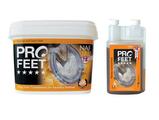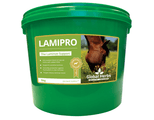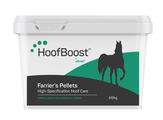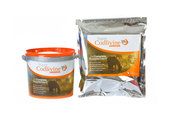A few years ago, the argument for not shoeing a horse would probably have had a smaller backing than it does today. But with our current knowledge and understanding of horse anatomy – in particular, the hoof – an increasing number of people are choosing the barefoot approach when it comes to how they keep their horses.
But which is better – shoes or no shoes? Like many discussions on horse care, people tend to have quite an emotional response, even though there is often no right or wrong answer. Every horse is an individual and will have different needs when it comes to their feet.
Arguments for barefoot approach
Those in favour of leaving their horses unshod may do so for one (or all) of the following reasons:
- Their horse has been chronically lame while shod.
- A horse is more prone to injuring themselves and others with shoes on. Unshod, the hoof naturally expands, acting as an effective shock absorber and helping to increase circulation in the leg and foot.
- Leaving shoes on long-term can lead to weakened and misshapen hooves, and even lameness.
- Unshod horses have better traction in difficult ground conditions.
- Regular shoeing is too expensive.
[Hoof boots are a good option for barefoot horses that are occasionally ridden over hard ground as they support the feet and can be removed after exercise].
Arguments for shoes
There are many reasons why shoeing is often necessary and beneficial.
- Workload – horses that are ridden hard on abrasive and uneven surfaces will wear down their hooves much quicker than they grow if they’re not wearing shoes.
- Shoeing can prevent foot soreness and stone bruising.
- Shoeing can enhance performance and improve traction.
- Therapeutic shoeing can help support a number of conditions, including navicular disease, laminitis, injuries, foot-related lameness, thin-walled hooves, arthritis, conformation flaws, under-run heels, bruising and hoof cracks.
Ultimately, there are many grey areas when it comes to the barefoot versus shoeing debate, and all factors need to be considered before deciding either way. It is always best to speak to your farrier or vet if you are concerned about the health of your horse’s feet, who will assess the individual situation before recommending a barefoot/shoes approach.
Remember that transitioning from one to the other will take time and that it’s easier for a barefoot horse to go to shoes, than for a shod horse to go barefoot. That said, even horses with weakened feet can adapt to life without shoes over time. There are many products and supplements you can buy to harden the feet and make the transition much easier.
It is important to weigh up all the pros and cons before taking a particular path and also consider the horse’s diet, the conditions in which they are kept and ridden, and the abilities of the owner.
Never take putting holes into the hoof wall lightly, but equally, don’t refuse shoes if they are the best answer for your horse’s health and welfare.
If you have any comments on this discussion, please share it with our other readers by commenting below.
Written by: Hannah








